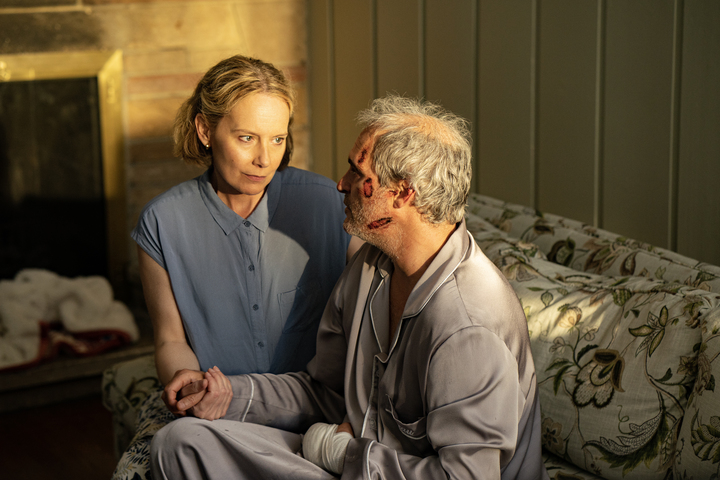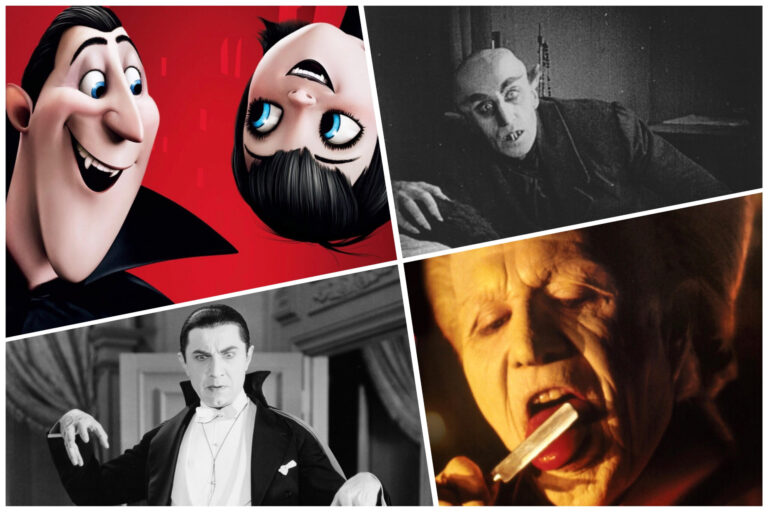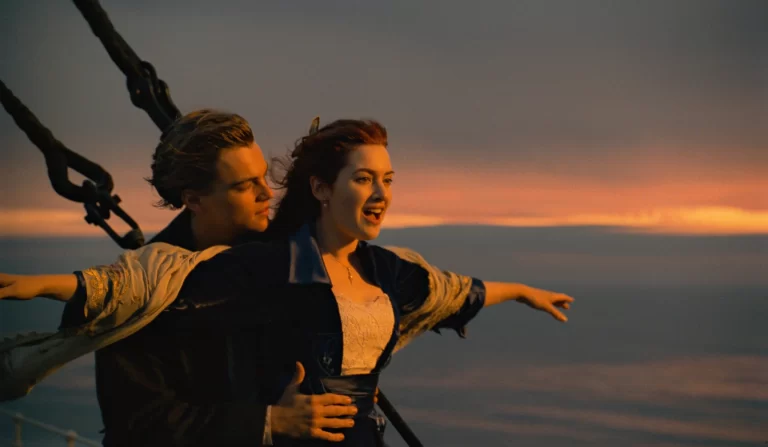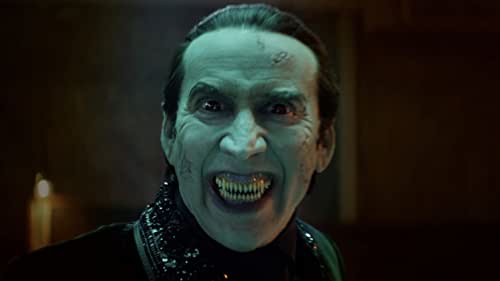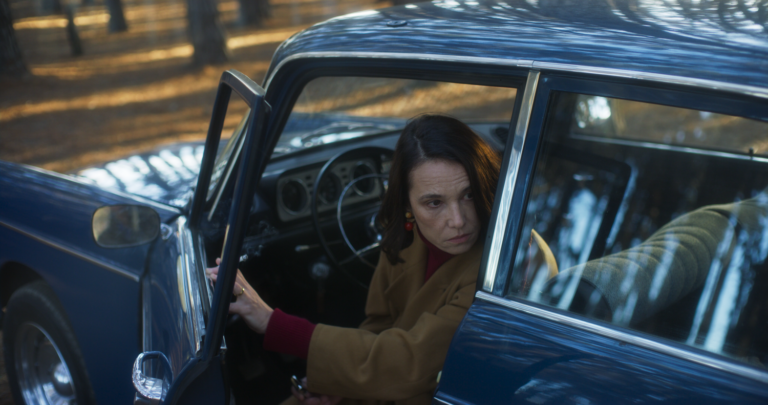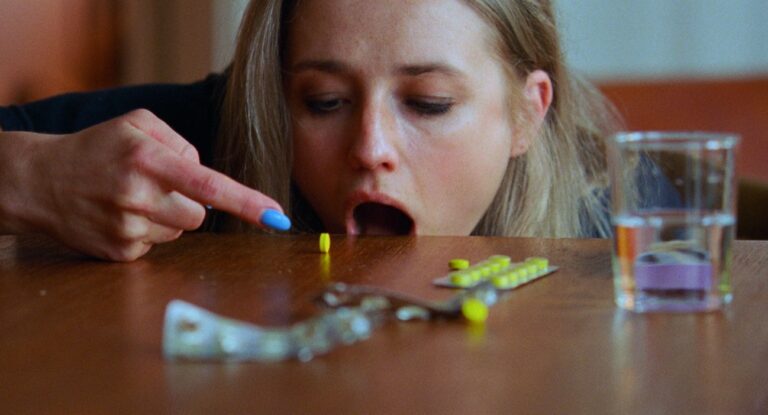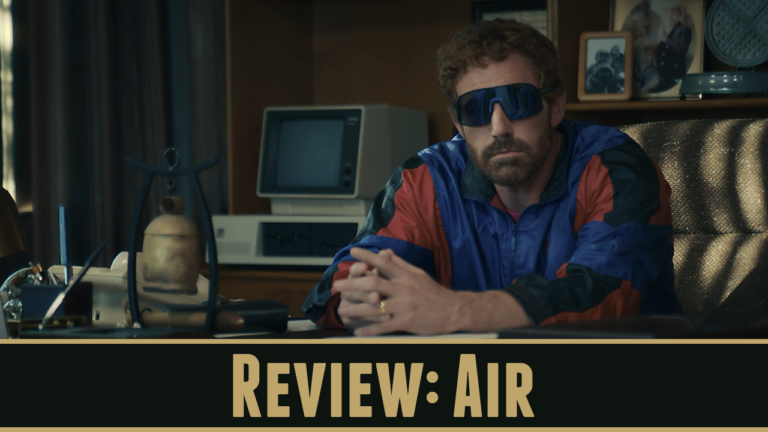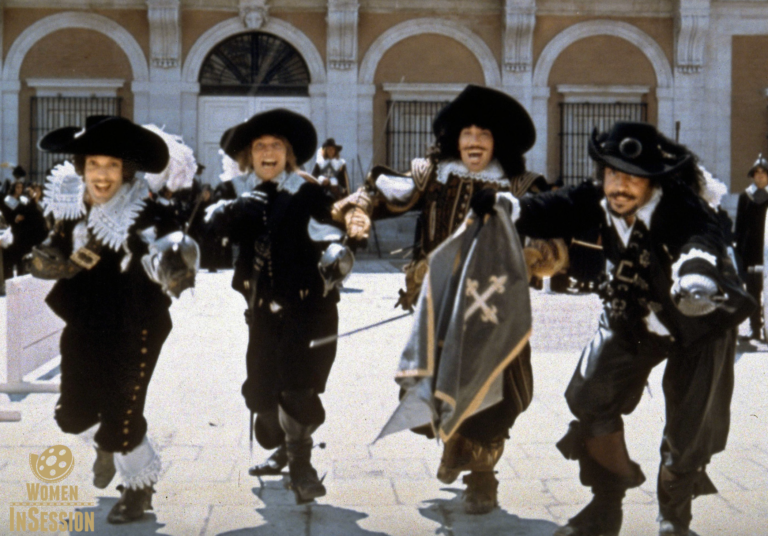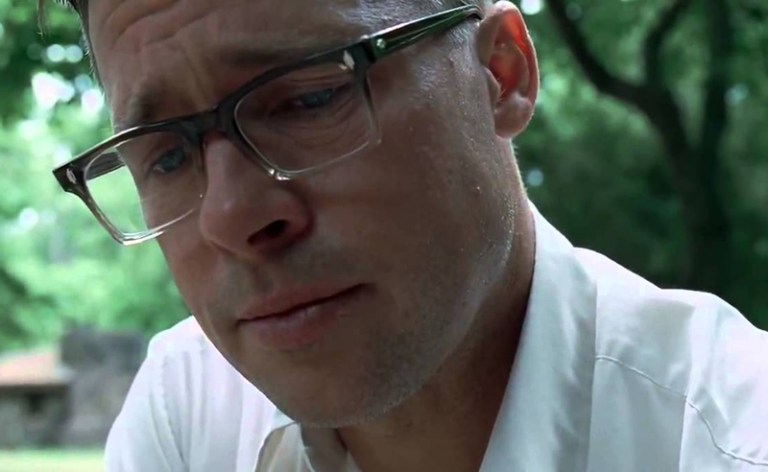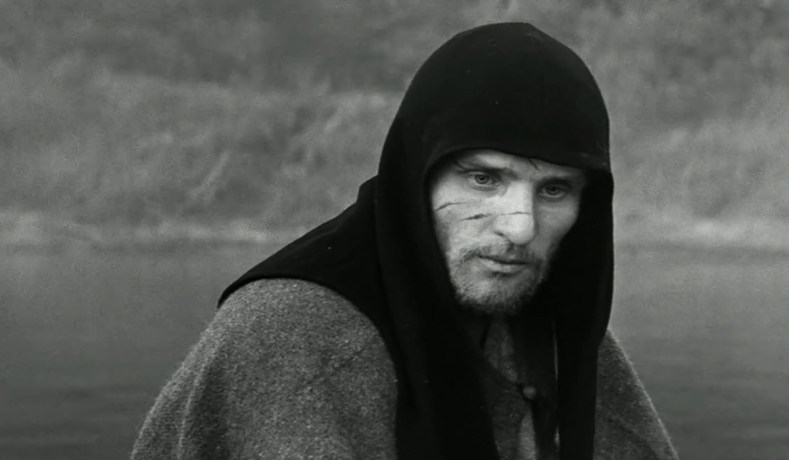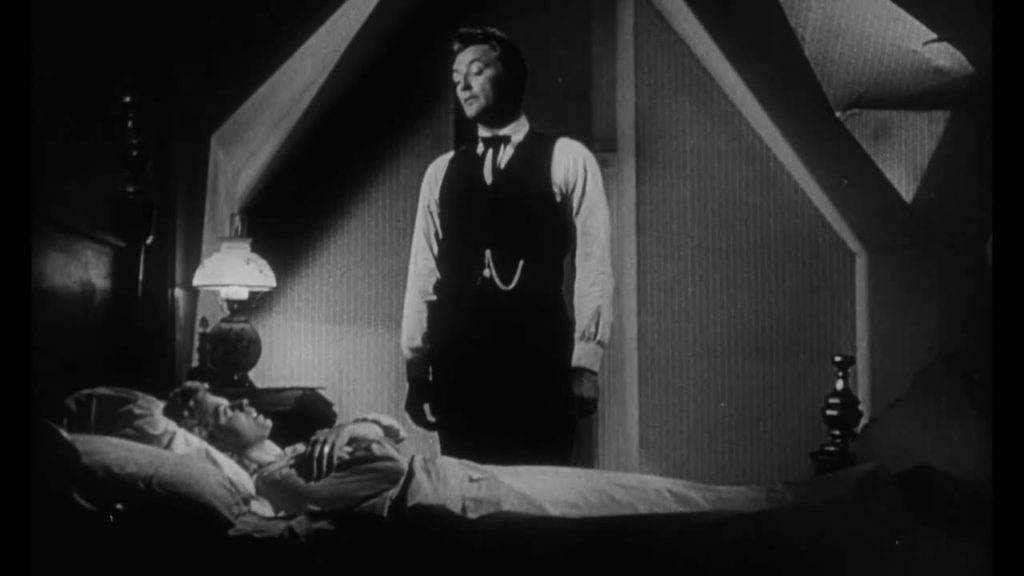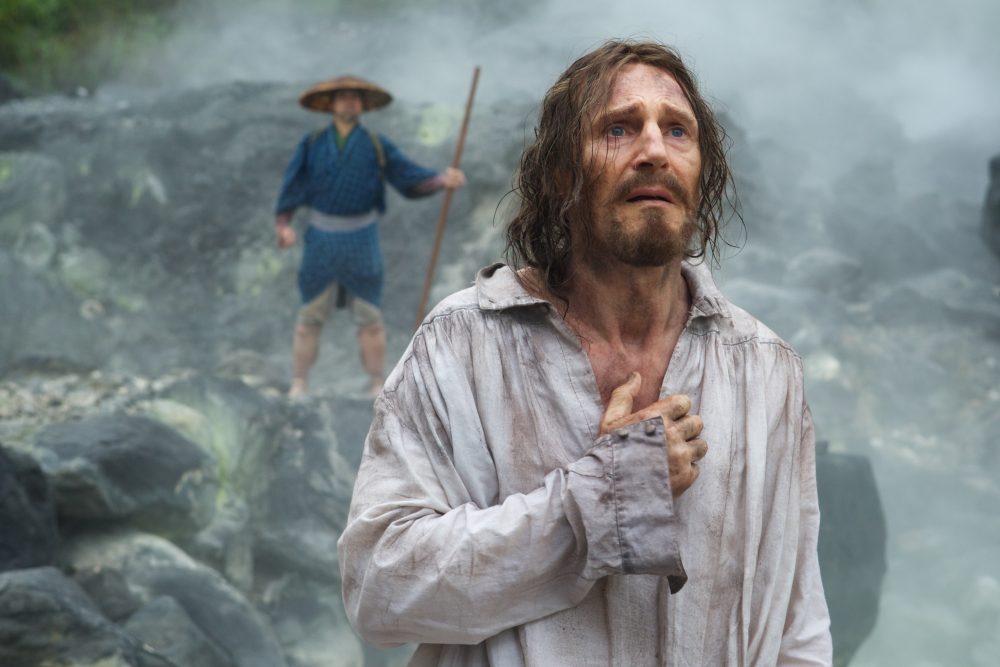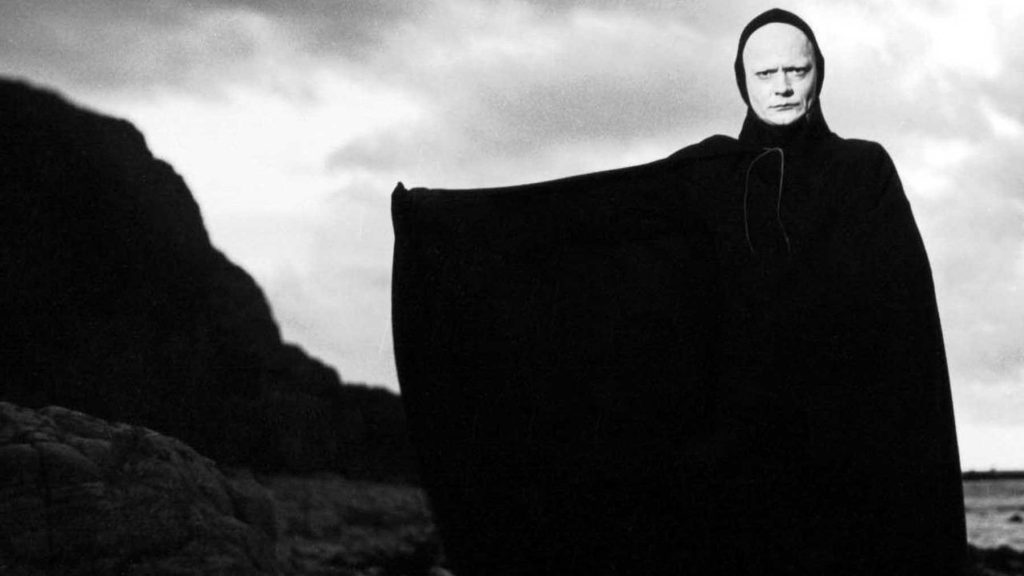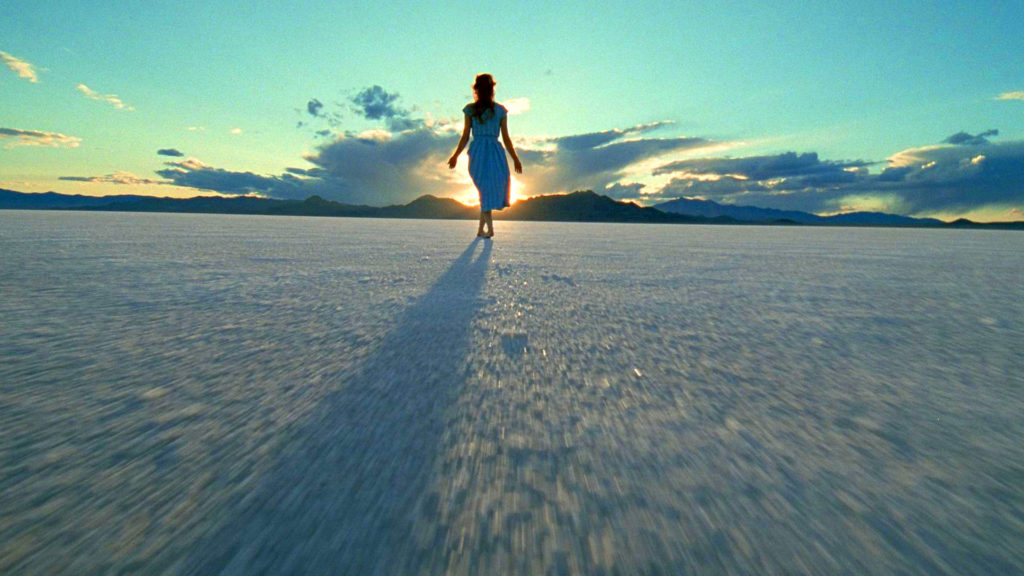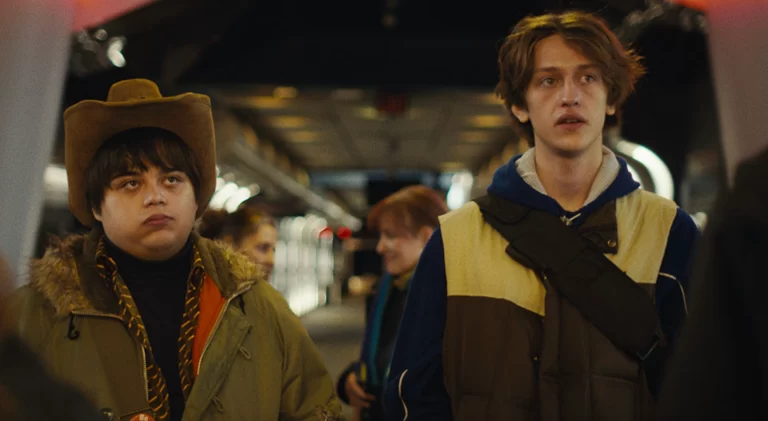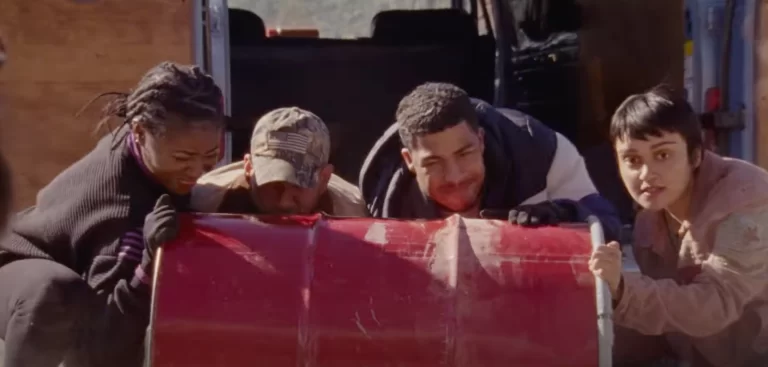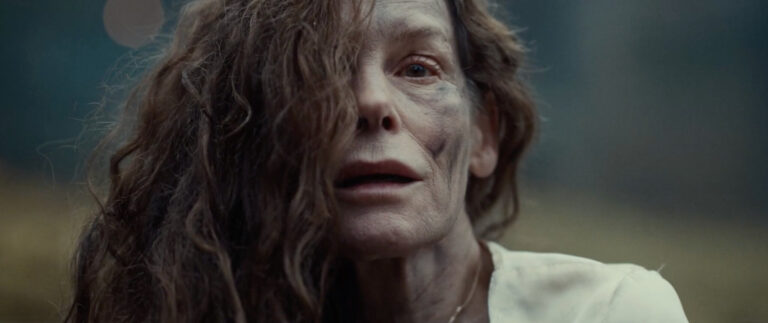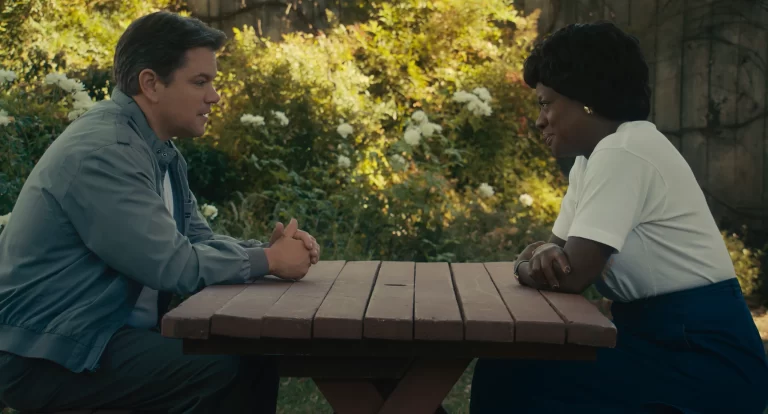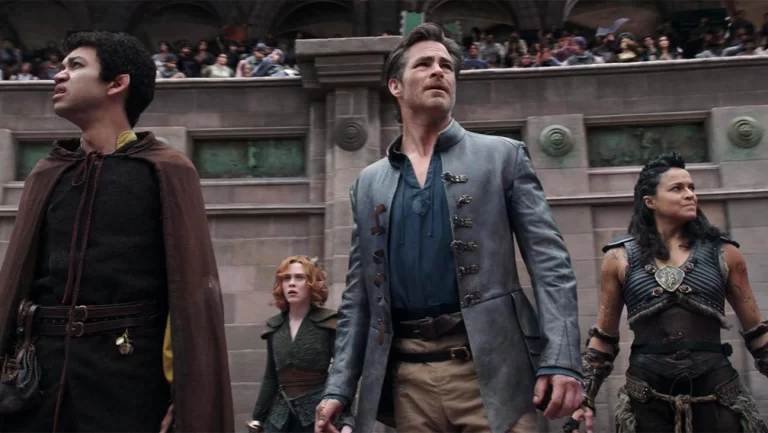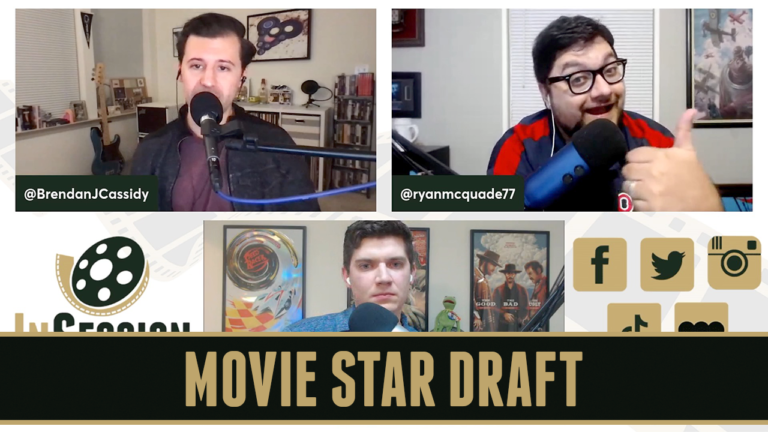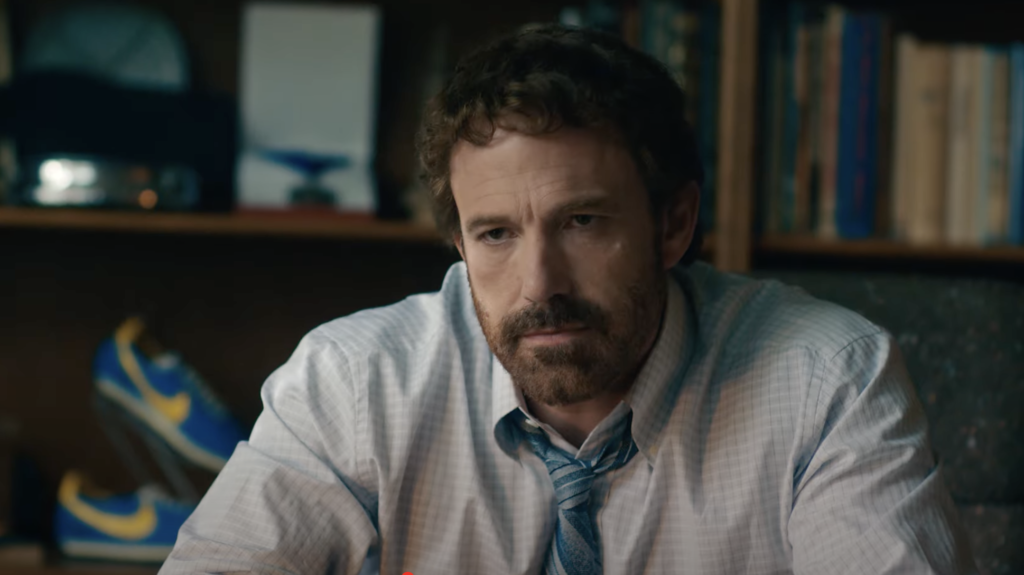Director: Makoto Shinkai
Writer: Makoto Shinkai
Stars: Nanoka Hara, Hokutu Matsumara, Eri Fukatsu
Synopsis: A modern action adventure road story where a 17-year-old girl named Suzume helps a mysterious young man close doors from the other side that are releasing disasters all over in Japan.
With a magnificent animation team and a blend of melancholic and humorous tone shifts, Makoto Shinkai delivers his best work to date with Suzume. This film takes apart his usual directing trademarks to pursue a mature (and personal) version of the stories we have seen from him before.
There haven’t been many animated films lately that have blown me away. As the years pass, the less impressive the majority have been. The big guys, such as Illumination and Disney, dominate this genre. It has caused other interesting works to have limited time in the spotlight as general audiences tend to seek out the aforementioned companies’ filmographies more so than the smaller ones. This decade so far has been mediocre when it comes to animated flicks, but, at the very least, there are quite a few surprising and marvelous films – Guillermo del Toro’s Pinocchio, Unicorn Wars, Wolfwalkers, and FLEE. Those films demonstrate the creative and innovative things a filmmaker can do with the genre instead of doing the same just to fit the mold or current trend. Another movie can be added to that short list of films, and that is Makoto Shinkai’s latest work, Suzume, which, in my honest opinion, is better (and more ambitious) than his record-breaking box-office mega-hit, Your Name (2016) – the film that put his name on the map for audiences worldwide.
Makoto Shinkai is known for creating emotional and beautifully animated pieces that dwell within magical realism and fantasy realms. And with Suzume, the Japanese filmmaker continues his trend of delivering melancholic tunes to his stories about young love and trauma while intertwining them with natural disasters – in this case, the Tōhoku Earthquake and Tsunami of 2011 – and daydream essences. The film is titled after its main character, Suzume (Nanoka Hara), a 17-year-old girl who lives with her aunt Tamaki (Eri Fukatsu) in the south of Japan. She has plenty of people that care about her, but Suzume always keeps them at a certain distance. Suzume is distant from those she cares about due to her mother’s passing twelve years earlier during the Tōhoku disaster. Her loss still pierces her soul; a melancholic cloud floats around her head as she can’t shake the feeling that she’s gone.
As Suzume walks to school one day, she comes across a mysterious young man named Souta (Hokuto Matsumura), who’s asking for the location of a magical door in a nearby ruin. Of course, Suzume knows where the door is located and, because she’s attracted to him, goes along the journey that she’d never expected to be on – the door is a portal into another world. Frightened by such a reveal, she decides to head back to school. Later, everyone’s phone explodes with earthquake alarms; Suzume looks out of the window and sees a giant red monster ascending into the sky. That benign creature is a supernatural force that’s the main cause behind Japan’s natural disasters. And since Suzume curiously opened the door (and didn’t close it afterward in fear), it managed to escape into the real world. As a “gift” for helping it escape, the creature turns Souta into a three-legged wooden chair – the last memento Suzume has from her childhood before her mother’s passing.
In pure Shinkai fashion filled with lovely moments, fantasy sequences, and beautiful animation, the two strangers turned journey travelers go around Japan trying to catch a cat that can lift Sota’s curse and close the portal doors, stopping the monster before it destroys the city. His blend of CG and hand-drawn animation just takes your breath away, leaving the viewer in awe of seeing a master at work. Instead of sticking to one Japanese region, specifically the metropolitan area, Shinkai decides to visit multiple locations by implementing a “road trip” movie scenario where the characters are forced to branch out elsewhere for their respective journeys. Because of this, Shinkai and his animators get to show various vistas and locations ranging from smaller villages to countryside plains. Those shots are beautiful and sharply vivid, but the most enthralling ones are those of human connection – scenes where subtlety is crucial, and every emotion is tactile.
Coping with trauma and love amidst loss are the main themes scattered through Suzume’s narrative, as there is an intertwining between a sensation of dread and the willingness for hope – emotion and heartbreak tied together. The film also illustrates how the world has changed around you when tragedy strikes by showing us abandoned amusement parks and other torn-down places that haven’t been rebuilt since the big earthquake. These scenes where Suzume looks at the decaying abandoned locations around her add a melancholic tone without a single line being spoken, almost like a ghost story. Despite the darker tone of the story, in comparison with his other features, this is still a Makoto Shinkai film full in full, but with a defined earnest and dramatic flair attached to it. One of the main reasons Suzume works is that it’s never overly sentimental nor reaches a melodramatic tone when approaching those true-to-life narrative scenarios.
The blend of tones – a love story to a fantasy battle sequence, exploration of trauma to comedic quips – might cause some viewers to lose patience, as Shinkai is tackling concepts with bigger heft and uniting them with his usual narrative tendencies. Yet, if you can keep on the film’s wavelength, the result is his best and most personal work ever. Humor and melancholy are ever prescient; you laugh at its comedic and cute segments, later to weep in its emotional catharsis of saddened hymns. Shinkai’s storytelling prowess is manifested through imaginative visualizations of these intersections between longing and cessation. This paves the way for some of the most captivating and detailed images in modern Japanese animation. Its interconnection with an array of emotions reminds me of Studio Ghibli pictures, Shinkai often referencing a couple of master Hayao Miyazaki’s films – Kiki’s Delivery Service, Spirited Away, and Castle in the Sky in particular.
While there are still some cringe-worthy lines in Makoto Shinkai’s screenplay, stating that he still hasn’t been able to shake off his most prominent narrative fault, Suzume still feels like his most mature work. The impact it brings depends on how much you connect with the characters and the willingness of the viewer to dwell in Shinkai’s directorial ambitiousness. I found it richer in terms of his thematics and storytelling composition than his previous features, as the topics are elaborated upon in a manner that he isn’t used to doing, even if it still has Shinkai’s trademarks. As the titular character wanders through the various doorways scattered across Japan, the film shifts itself into a territory where the real and fantastical all blend together, creating an experience that hooks you from beginning to end. Whether or not Shinkai will best himself after Suzume is yet to be seen. But I’m excited to see an extraordinary filmmaker generating a ripe technique years into his beloved work.





